"Whoa...what kind of wood is that?"
We've heard this many times whenever we show a local client a sample of Zebrawood, with its dramatic striped pattern. In the world of luxury home design, nothing quite captivates like Zebrawood. Discover what makes zebrawood a coveted treasure for discerning homeowners like you.
Where does Zebrawood come from and what makes it special?
Zebrawood features a striking contrast of light golden to rich brown stripes on a creamy background. This unique patterning mimics the stripes of a zebra, hence its name. This wood species originates from Equatorial West Africa. Cameroon and Gabon are two of the top exporters of this wood. The Zebrawood we use is quarter sawn. This reveals the most dramatic stripes when compared to plain sawn. There is no other wood with natural stripes like Zebrawood.
Revered for its beauty, Zebrawood embodies luxury in woodworking. Its natural luster make it perfect for furniture and cabinetry. But it isn’t just beautiful, it’s also durable. This makes it among the more versatile luxury hardwoods.
Is Zebrawood good for cutting boards?
One common inquiry among homeowners considering zebrawood is its suitability for cutting boards. While this may be popular, we wouldn't recommend zebrawood for direct food preparation. This is because the contact the knife makes with the cutting board many times, and zebrawood has a somewhat coarse natural texture. So a zebrawood cutting board will scratch easily, which is not ideal. We always recommend wood species that can be sanded down ultra-smooth that are naturally food safe. Our favorites are Maple, Black Walnut, and Black Cherry.
Zebrawood: Why It’s Good for countertops
Want to elevate your kitchen or bathroom with a touch of opulence? Zebrawood countertops offer a luxurious solution. But you should also know what's considered luxurious for most wood species doesn't apply to Zebrawood. You'll see a lot of butcher block style end-grain countertops. End grain is a popular choice with wood species like Black Walnut or Maple. But Zebrawood's stripes are most visible as standard face edge. We wouldn't recommend end grain for this wood species if you want to maximize those gorgeous stripes.
To maintain your zebrawood countertops, you'll need to oil them quarterly. You'll also need to clean them with gentle, wood-safe soaps like castille soap. Avoid harsh detergents or abrasive scrubbing powders. They can damage the sealant or the wood itself.
How hard is zebrawood?
In terms of hardness, zebrawood ranks high on the Janka hardness scale, ranging between 1,830 to 2,070 lbf (pounds of force). This places it alongside other popular hardwoods like Hickory and White Oak. It's suitable for a variety of applications where durability is paramount. Doors are a popular application for zebrawood because it’s naturally highly weather resistant. It makes for a front door everyone will remember.
Zebrawood stands as a premier choice for homeowners who value handmade goods and genuine materials. Whether in countertops, furniture, or doors, zebrawood makes your home luxurious.
We always use solid wood across our product lines--so when you get Zebrawood countertops, they are Zebrawood all the way through. The result is truly stunning and can't be replicated by veneers.


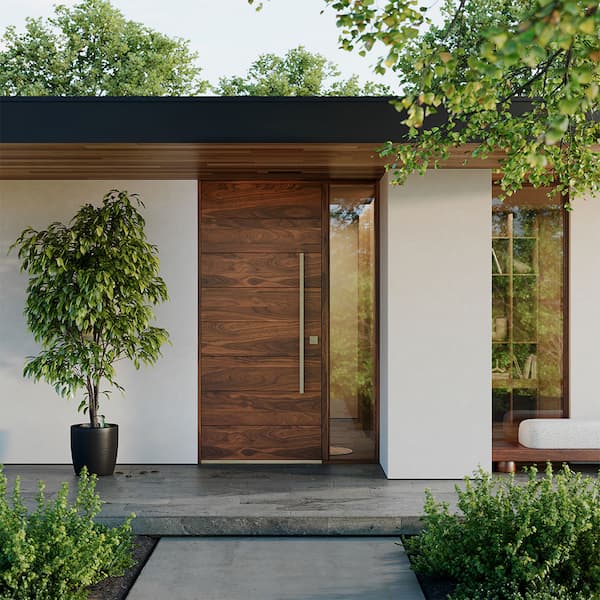


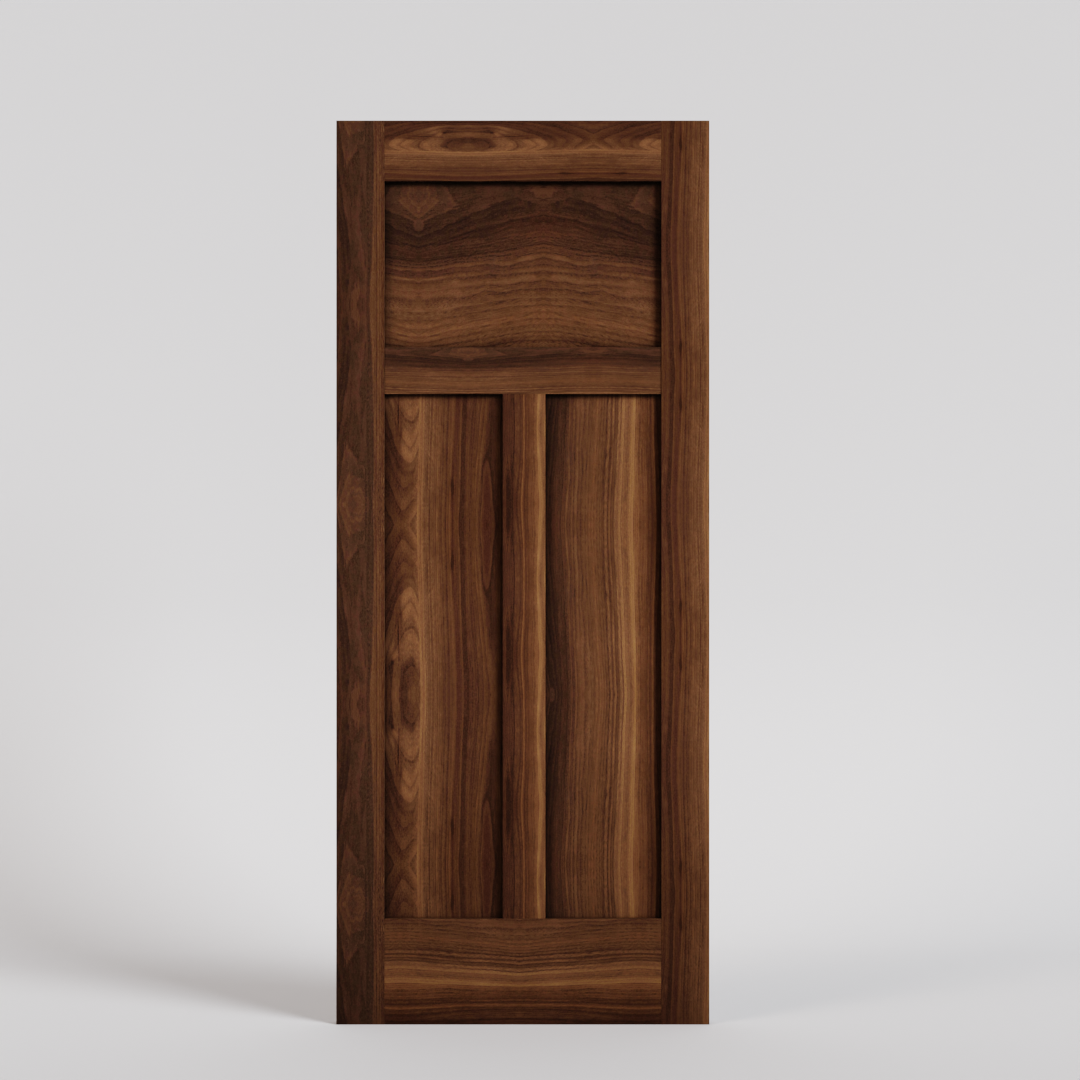
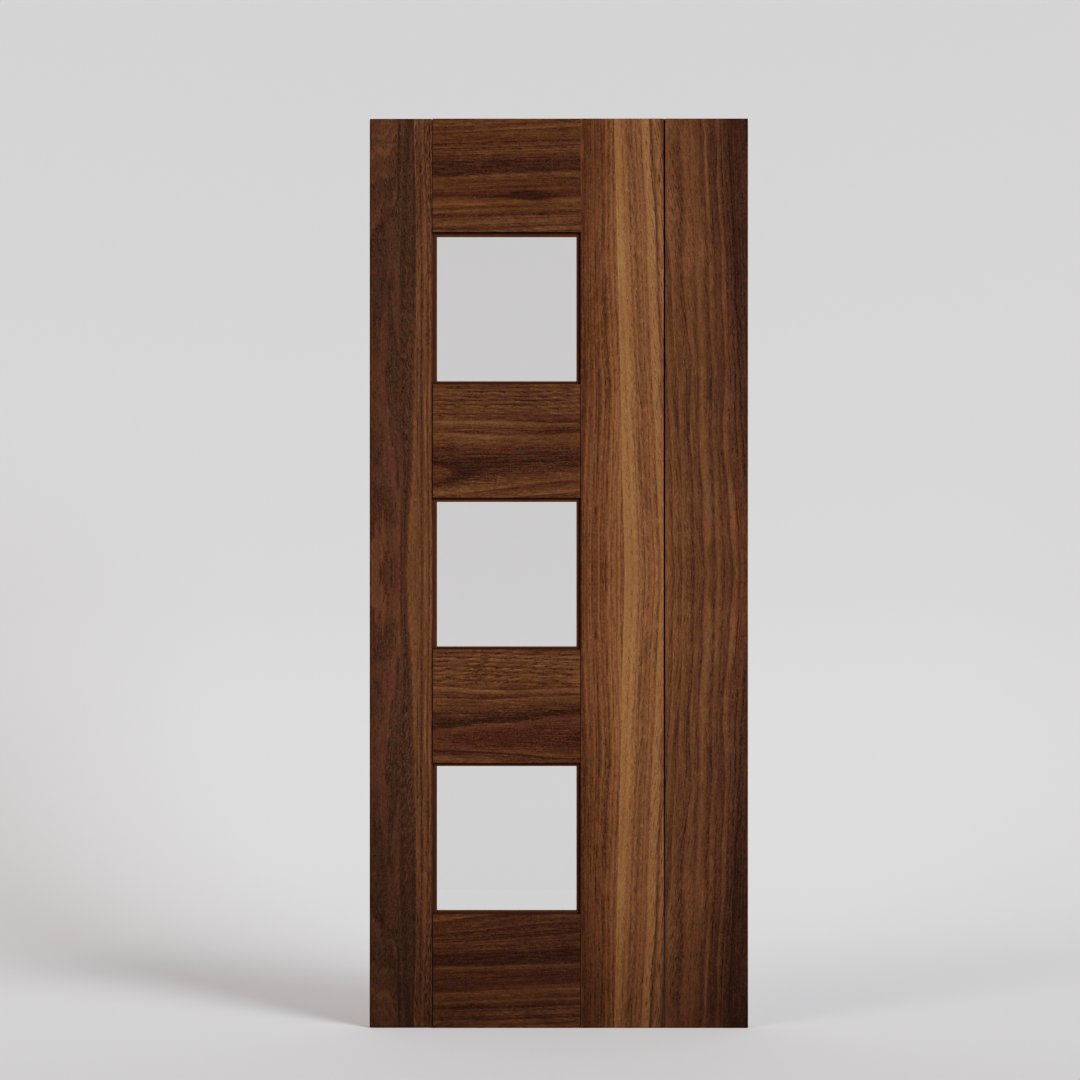
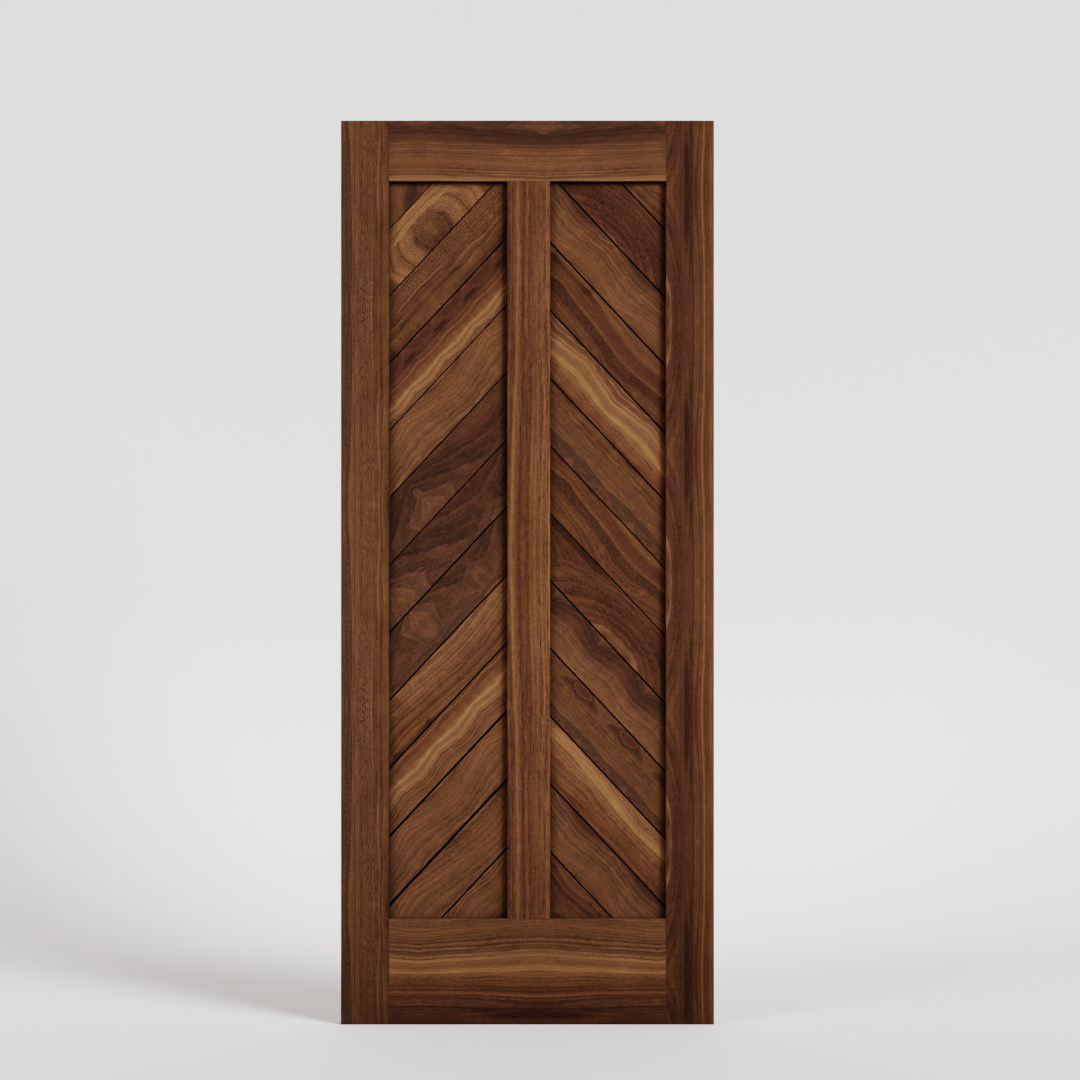
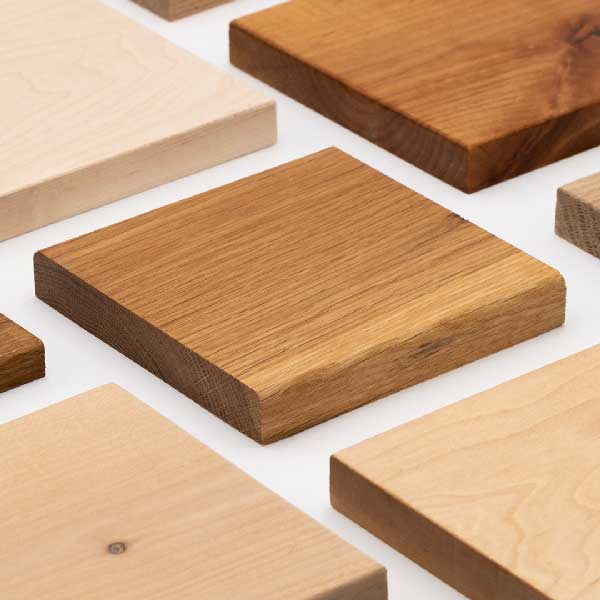

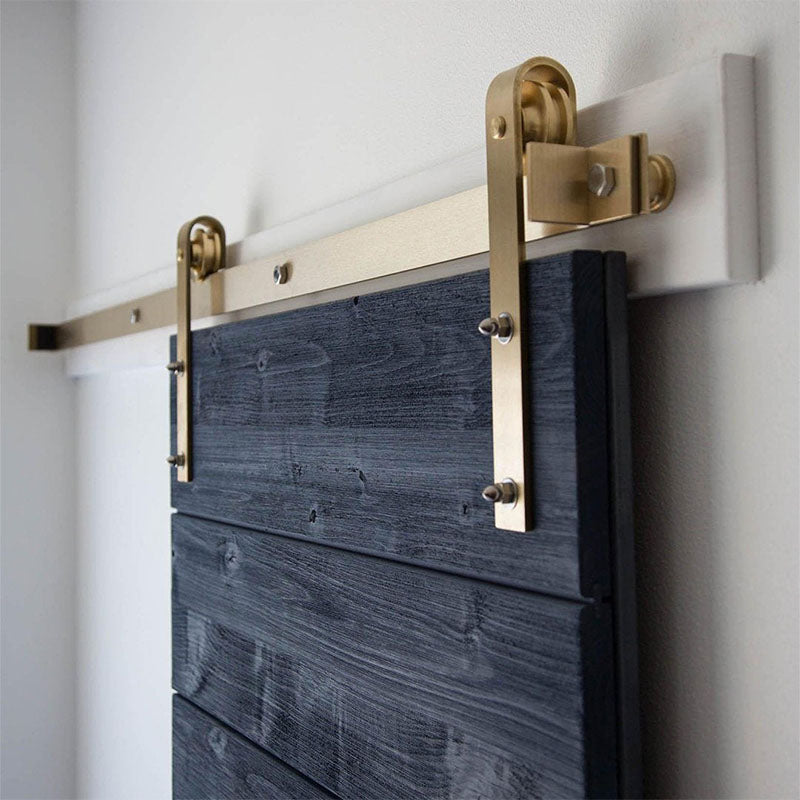
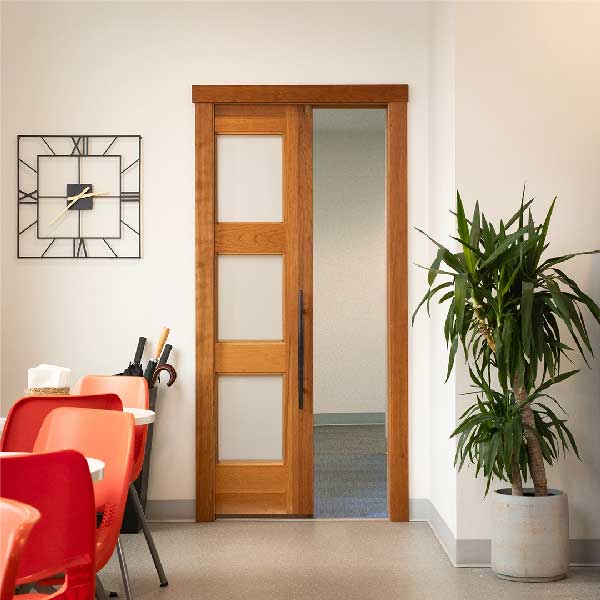

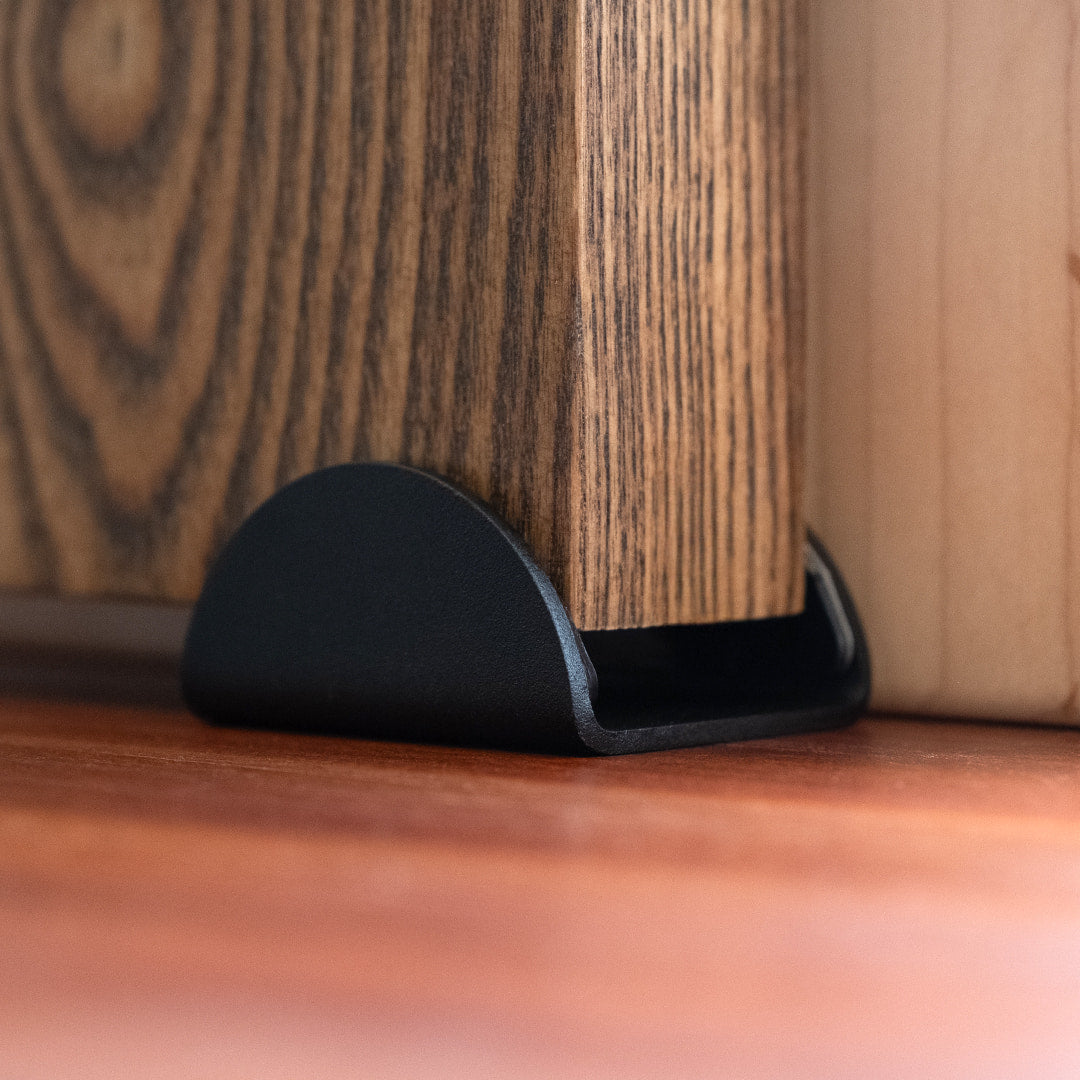
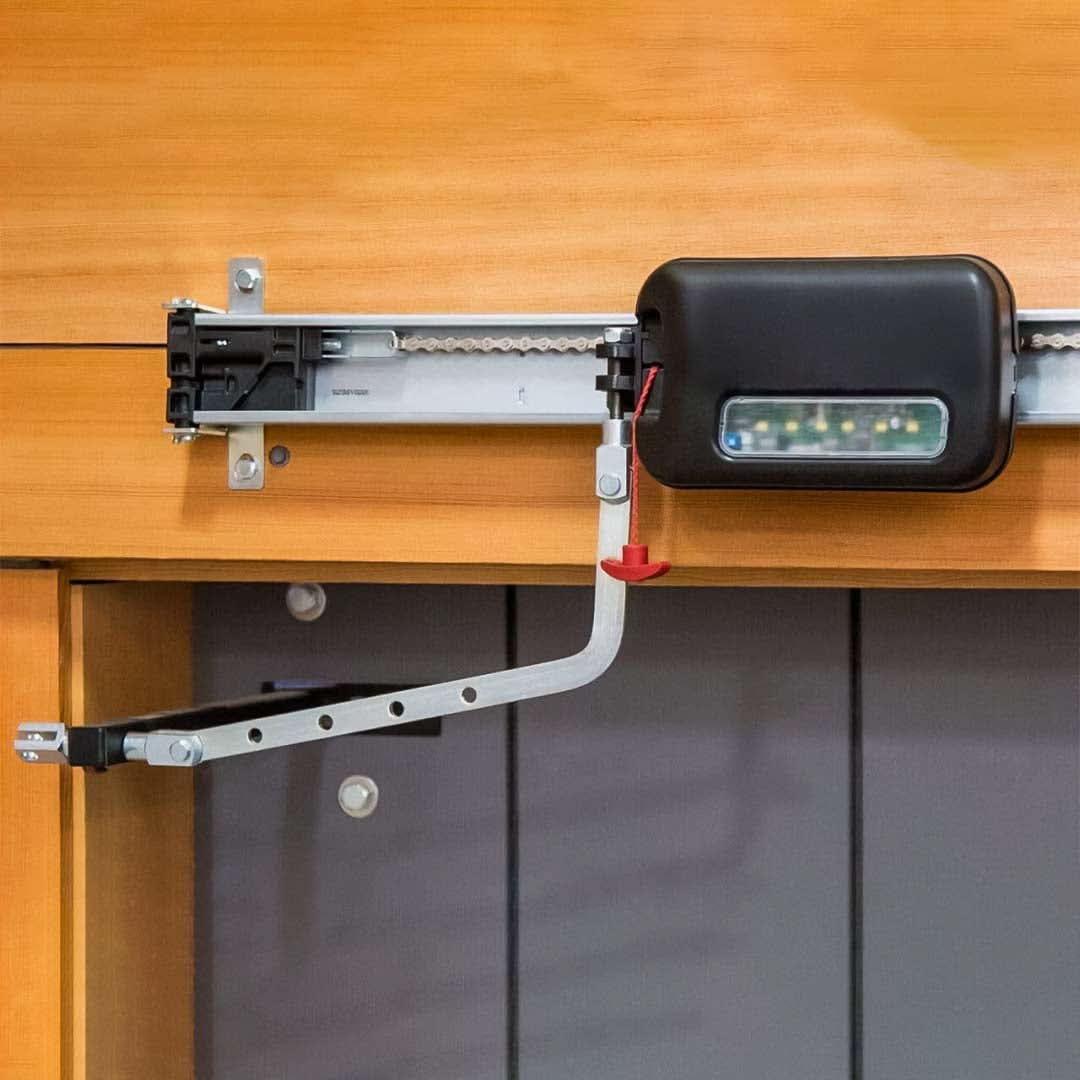






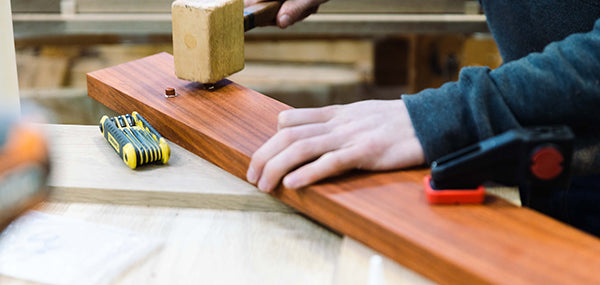

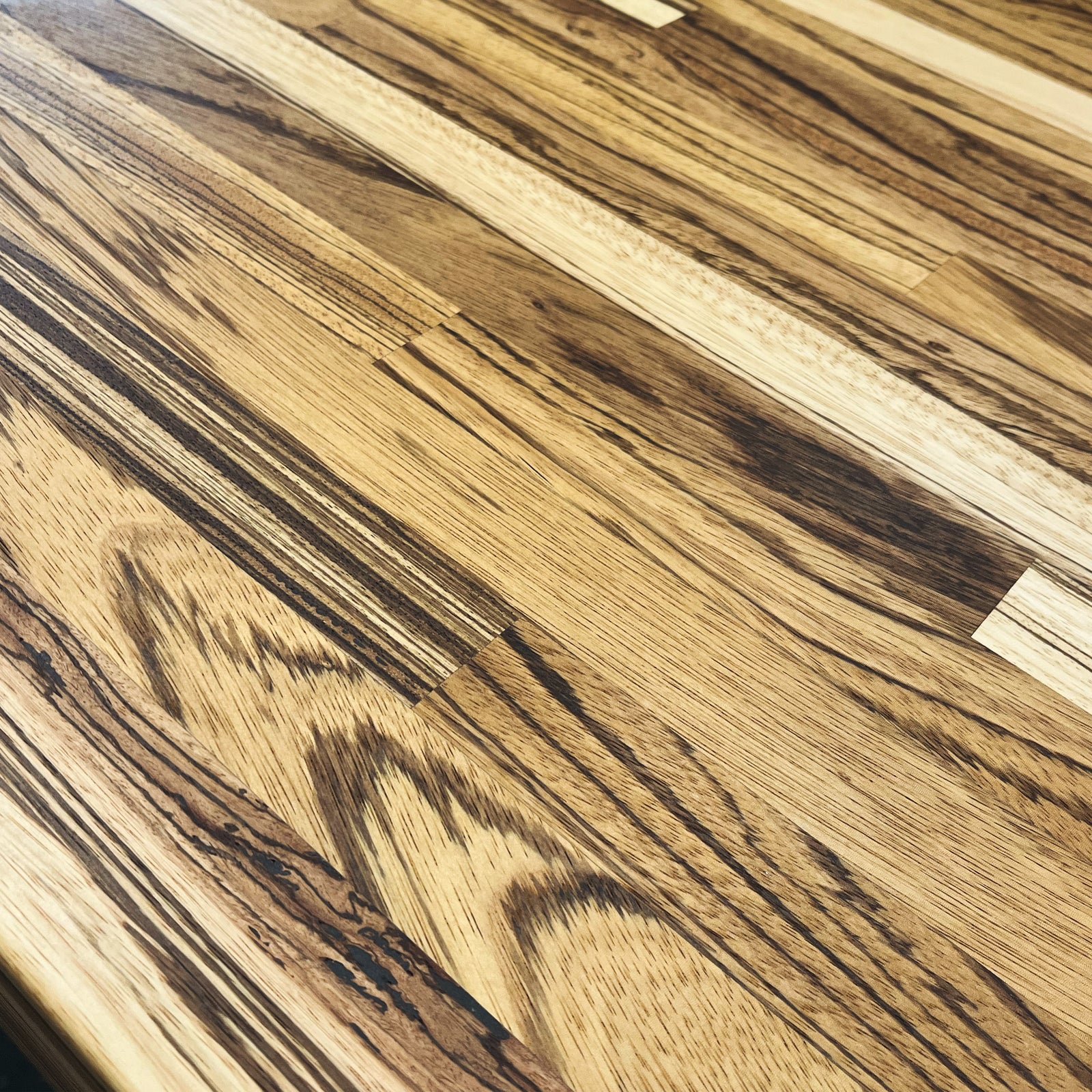


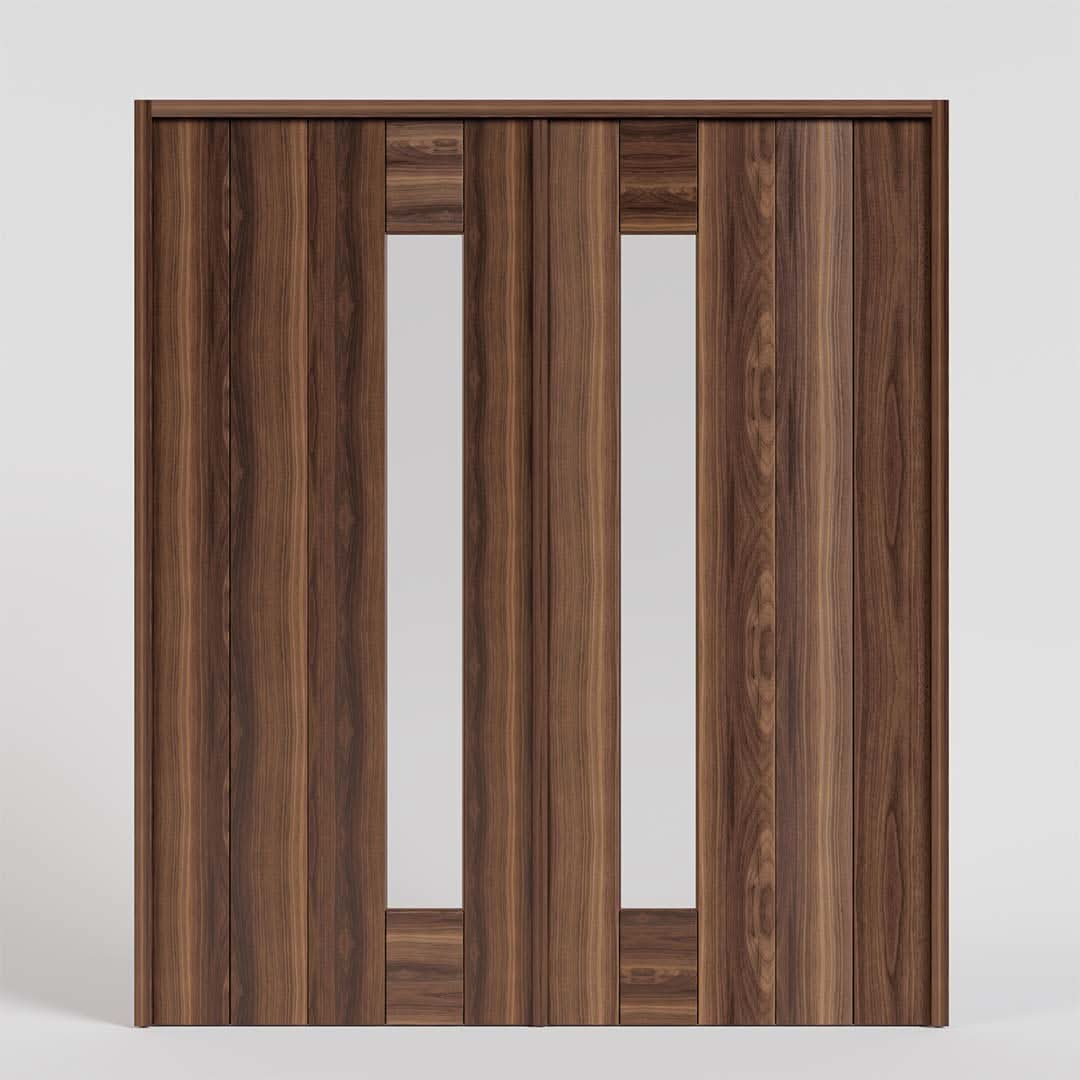
Leave a comment (all fields required)